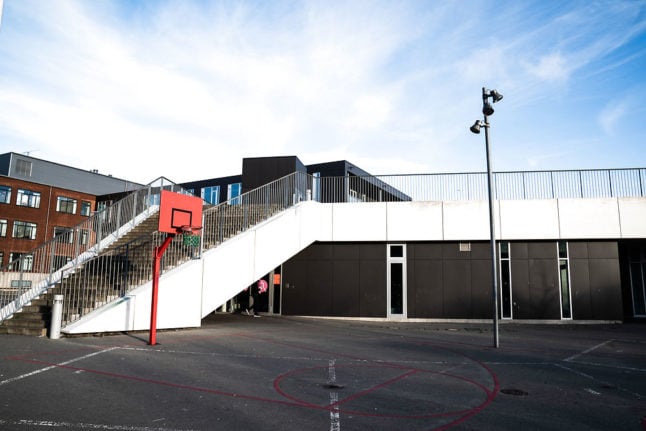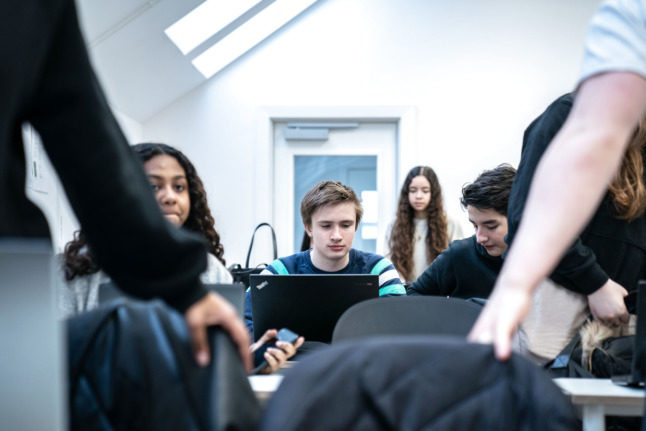Compelling and specific medical reasons must be presented in order for the party’s position to change, its health spokesperson, Martin Geertsen, said on Thursday, prior to the announcement that the national lockdown would be extended until the end of February.
“There is a lack of progress among children and young people, and for that matter also with their parents,” he said.
“In our opinion, we have to get the children back to school again,” he added.
“By the way, there is also an economic gain, as parents can start caring for their work,” he also said.
At a press briefing on Thursday, Prime Minister Mette Frederiksen announced a three-week extension of the current coronavirus restrictions – including the closure of schools for all age groups.
According to news wire Ritzau, the national infections disease agency, State Serum Institute (SSI) is to examine the possibility of allowing children from grades 0-4 to return to school prior to February 28th. But the extension of the lockdown means that schools will remain closed for all age groups, initially at least.
The Liberals said prior to Thursday’s announcement that they wanted a reopening of the younger classes to happen as soon as possible.
READ ALSO: Denmark extends Covid-19 lockdown until March
Geertsen said he was concerned that the costs of keeping children at home are becoming too great.
He called for authorities to present strong justification for keeping small children at home.
“The health authorities should present some really strong medical arguments for why we should not get the youngest children back in school as soon as possible,” he said.
He also said that concerns over the potential spread of the more infectious B117 variant do not necessarily justify the continued shuttering of schools for young children.
“We want a specific argument for why we should not be able to send the children to school again in a way that includes necessary health precautions,” he said.
“We already have our daycare centres open, and health authorities tell us that the very youngest children are not super spreaders,” he added.



 Please whitelist us to continue reading.
Please whitelist us to continue reading.
Member comments